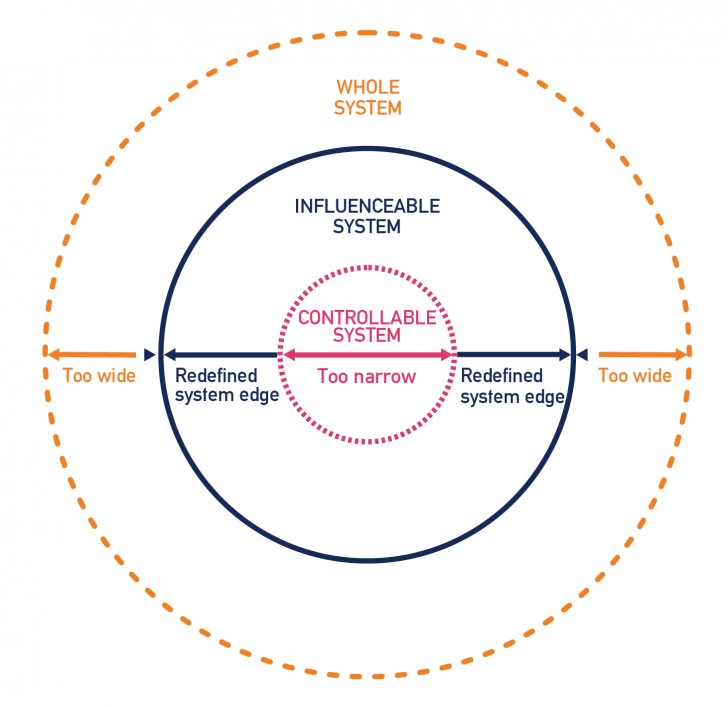IMPOWER’s Heroes of 2023: 22 December
IMPOWER’s Heroes of 2023: 22 December
Find out who I've nominated as my hero of 2023...

Local transport systems are often an enabler of positive outcomes for people. They help us to stay connected to each other, access public services and remain independent. However, when they are not working well they can also negatively impact our health and wellbeing, as well as the environment. In some areas, poor air quality as a result of congestion has been shown to significantly impact local residents’ health, particularly children. Most people have a view when it comes to their local transport system and residents’ expectations can be very high compared with some other public services.
Local authorities have a wide range of legal duties in this area, from maintaining public roads in order to keep people safe, to providing home to school transport for children with special educational needs and disabilities. However, councils are frequently not able to meet residents’ expectations and cannot improve transport systems if they are working on this in isolation.
The challenge comes from the number of different stakeholders and types of organisations involved in transport demand. These include businesses, health organisations, schools, voluntary organisations, airports, community providers and many others. These stakeholders frequently have different priorities and face different pressures, and local authorities have varying levels of influence over them.
Transport is a classic example of a complex system. For a local authority to successfully navigate the landscape of transport demand, it is vital to first appreciate and understand the complexity of the system. IMPOWER uses EDGEWORK (our approach to managing change in complex systems) to help councils understand and redefine system boundaries, in order to widen the lens on a problem. We define the three type of system boundaries as:

Through mapping the complex system of transport demand and establishing where different organisations, services, funding sources, policies (and more) sit across the three system boundaries, local authorities gain a clearer picture of where there is potential to establish an Inclusive Ambition with partners within the influenceable system.
Operating within the influenceable space creates new opportunities to solve challenges (such as poor air quality), take additional data and analysis on board, and importantly share risk and establish a win-win with partners. It also shines a light on where local authorities could be more ambitious (because they are not working in partnership often enough) or more realistic (because they are wasting energy trying to influence actors in the wider system) in the approach to partnership working.
When attempting to improve outcomes across a complex system with multiple different interest groups and forces at play, such as a transport system, old techniques of narrow framing are unlikely to succeed. By using an EDGEWORK approach, councils can focus their efforts within the influenceable space and work with a wider group of partners in order to address collective challenges.